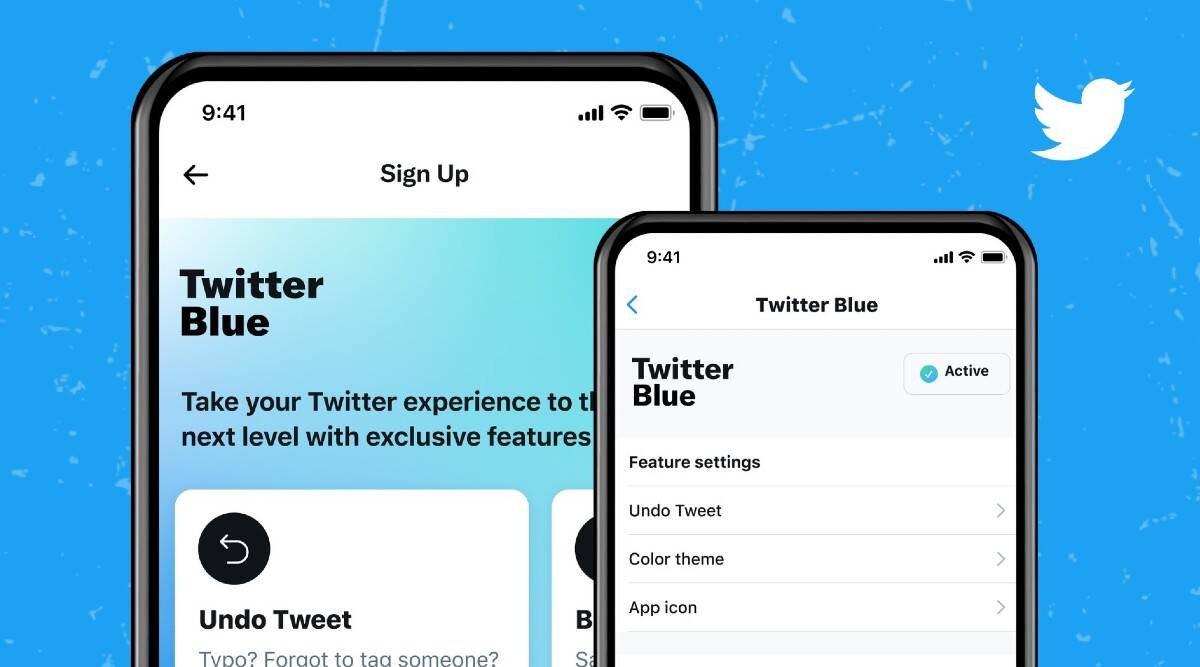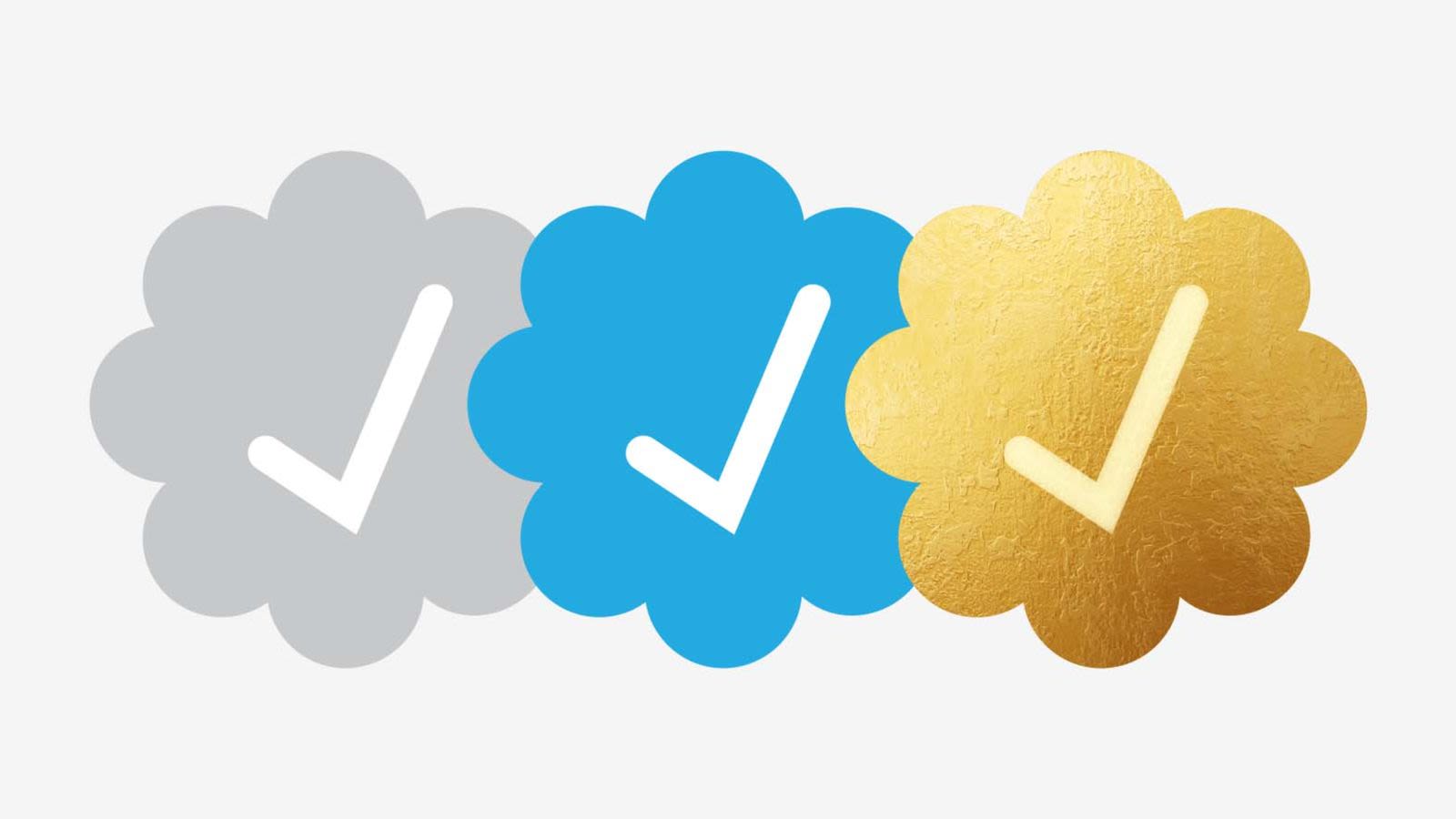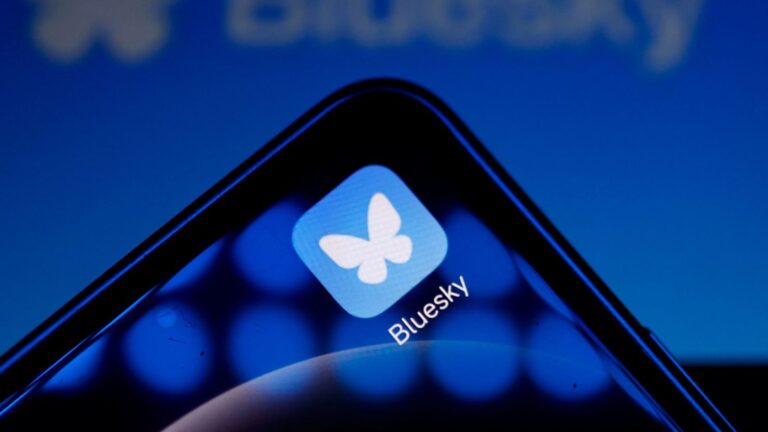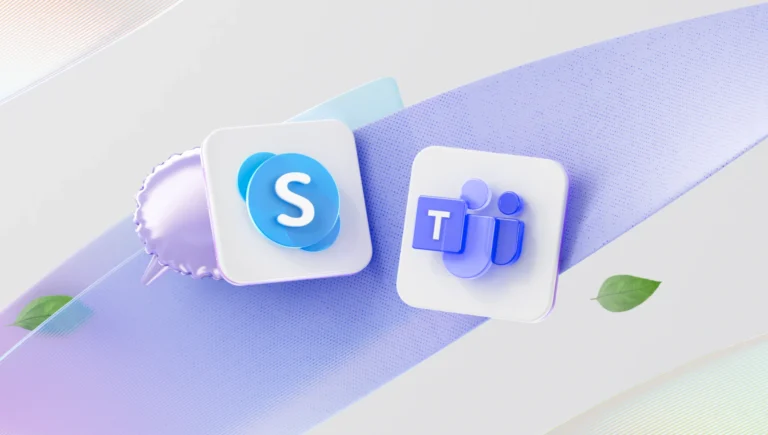Starting from April 1st, Twitter will initiate the process of removing legacy verified badges from user accounts, paving the way for a system where only paying subscribers and approved organizations possess the status. The decision to eliminate the existing program is among the initial policy changes announced by the San Francisco-based company.
Individual Twitter users will now only be able to obtain a verified blue check-mark by subscribing to Twitter Blue, which costs $8 per month on the web and $11 per month through in-app payment on iOS and Android in the U.S.
In addition, Twitter recently introduced a gold check-mark for companies and brands and shifted government accounts to a gray check-mark. To maintain a gold or gray check-mark badge, companies and organizations must subscribe to Twitter’s Verified Organizations program, which costs $1,000 per month (plus tax) in the U.S. The program also charges an additional $50 per month (plus tax) for each affiliate subaccount. Earlier Thursday, the company announced that Twitter Blue is now available worldwide.

In 2009, Twitter launched verified accounts as a means to help users differentiate genuine accounts from parody or imposter accounts. The verification process applied to accounts belonging to public figures, companies, news organizations, politicians, and other accounts of public interest. Until recently, Twitter did not charge for verification.
However, Elon Musk criticized the previous verification system, calling it “corrupt.” He opened up blue checkmarks to any paying customer, intending to democratize the status symbol and also generate a new revenue stream. Before Musk’s decision to allow anyone to acquire a blue check-mark, Twitter boasted over 420,000 verified accounts.
Indeed, the trend of allowing users to pay for verification symbols on social media platforms appears to be on the rise. While the blue check-mark was initially a means of identifying legitimate accounts, it has evolved into a status symbol coveted by many. Platforms like Twitter and Instagram are now offering paid verification options to individuals and businesses seeking to elevate their social media presence.




